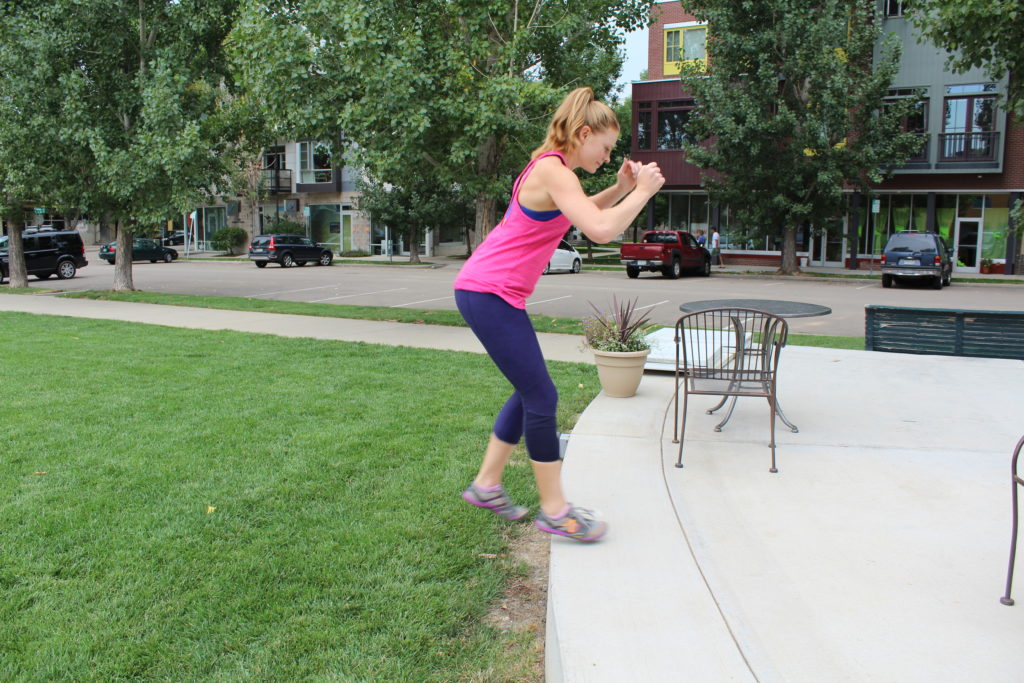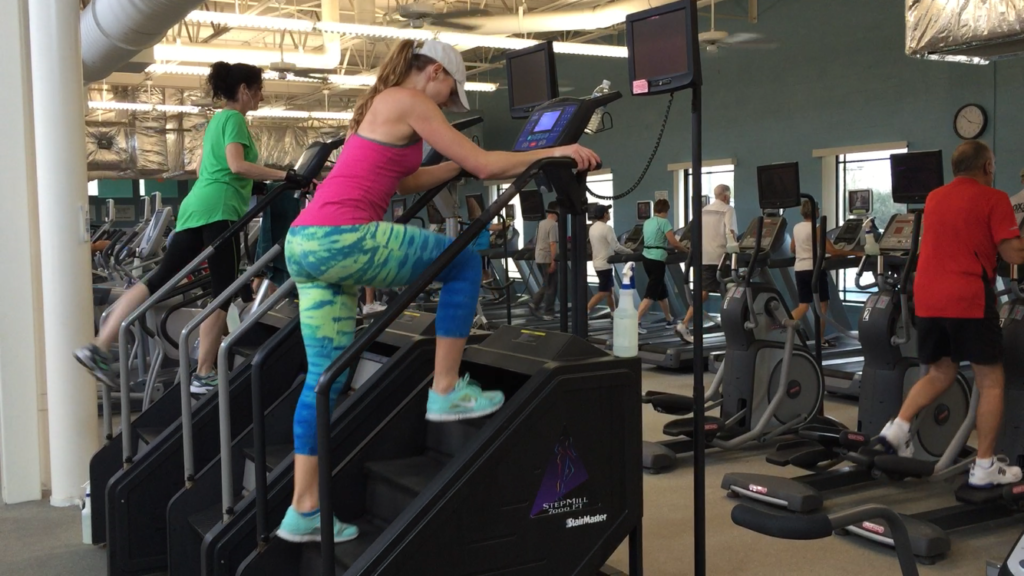Some thoughts and discussions from me.
Psst! Today is the last day to sign up for my macronutrient cycling online boot camp that starts on Monday! I opened up three more spots, and will be closing sign ups tonight. Contact me HERE if you’re interested in more info on whether it’d be a good fit for you.
Today – let’s talk about HIIT training, or High Intensity Interval Training. More specifically, I’m going to tell you 5 rules to follow when performing HIIT workouts.

HIIT training has gained popularity over the last several years over low intensity steady state cardio exercises for two main reasons: its fat burning properties, and its ability to do so in a short amount of time.
Personally, I love HIIT, and I use it not only in my own workouts, but also in the workouts of my clients and boot camp programs.
The primary goal of HIIT training is to burn fat and improve anaerobic capacity. This is done by producing a very high work output in a short period of time, and producing a crap ton (statistical amount, ahem) of lactic acid. It also produces a large hormonal response, as well as production of the human growth hormone.
However, because of its explosion in popularity, the word HIIT – and “HIIT” workouts that I see everywhere on the interwebz – get thrown around a little too easily. It’s become somewhat of a buzzword, rather than an effective training method with specific protocols.
When it comes to HIIT workouts, I like to go by a few principles when designing my programs, including frequency, duration, interval set up, and recovery.
Before we get into the guidelines, I want to stress that HIIT training – or higher frequency HIIT training – is NOT for everyone. If you consistently get poor quality sleep, or you’re very stressed, HIIT can be very stressful on the body. We produce HGH during sleep, and if you’re not sleeping, then you’re not producing enough HGH – or other key hormones for daily functioning, let alone a high intensity workout that requires quite a bit from your body to recover. As always, your mileage may vary, so if you’d rather think of them as guidelines (I like that word better anyway, actually!) go for it! Also, always check with your doctor before beginning any new exercise program.
5 Rules to Follow When Performing HIIT Workouts
#1 – Work at a high enough intensity

We want the body to use the anaerobic energy system during the ON interval. What we typically don’t want is for the body to waiver between anaerobic and aerobic.
Basically, it should burn or feel very challenging. If it doesn’t, you likely need to take it up a notch.
#2. The work interval should generally be about :30-:60
For the novice client, I might bump it up to the :60-2:00 range, however :30-:60 is a good amount of time for most people to stay predominantly anaerobic, and do so while maintaining proper form. With very advanced trainees, I’ll sometimes decrease the interval to :10-:30, because their bodies are able to produce a higher work output in a shorter amount of time – safely.
#3. Choose your Rest:Work ratio wisely.
I like a short enough rest period that will elicit a big excess post oxygen consumption effect (after burn) but still long enough so that you’re able to maintain form and performance.
I generally recommend beginner’s start with an equal rest:work ratio, meaning that their work time will be the same as their rest time, and sometimes more.

For advanced trainees, we will typically use a negative rest:work ratio, where their rest time is less than their work time. However, when going ALL OUT, it’s best to start at a much larger rest:work ratio, and as you advance, you can shorten that rest over time.
4. Think of Each Interval as Its Own Mini Workout
Try to avoid pacing yourself throughout the workout, as you’re likely to find that you leave a lot of gas left in the tank after the session is over. Think of each interval as its own entity, giving your all on each one, and then recovering from each interval.
#5. Make Sure you have Adequate Recovery Time b/w HIIT Sessions!
This one is possibly the most important – as it’s when we are resting and recovering that the “magic” happens, and we reap the results of our hard work! It’s also a great way to AVOID injury.
I’ll often see trainers and plan promoting an entire program of ALL HIGH intensity workouts simply because they’re fun, and my eyes widen a bit. It’s very important to include both high intensity and low impact training into your program. In most of my programs, I include 2-3 HIIT-style workouts a week. Every once in a while, I’ll do a shorter program, like my 4-week Holiday Impact Training program I did last December, where it’s higher intensity, but I only opened it to more advanced trainees, and made sure everyone took a deload week after week 4. My Peak Physique Online Boot Camp contains two HIIT workouts a week, with one (completely) optional HIIT conditioning workout on the weekend.
And most importantly….have fun!! You should never constantly dread your training, but rather find a way to move and improve yourself that’s somewhat enjoyable to you.
Coming later this week….a HIIT workout (w/ a pinable print out!) that follows these protocols. Happy Training! 🙂
Do you do HIIT workouts? How often do you include them into your routine?


These are awesome tips! I have to admit, I’ve been guilty at times of incorporating a bit too much HIIT because it’s just so dang fun.